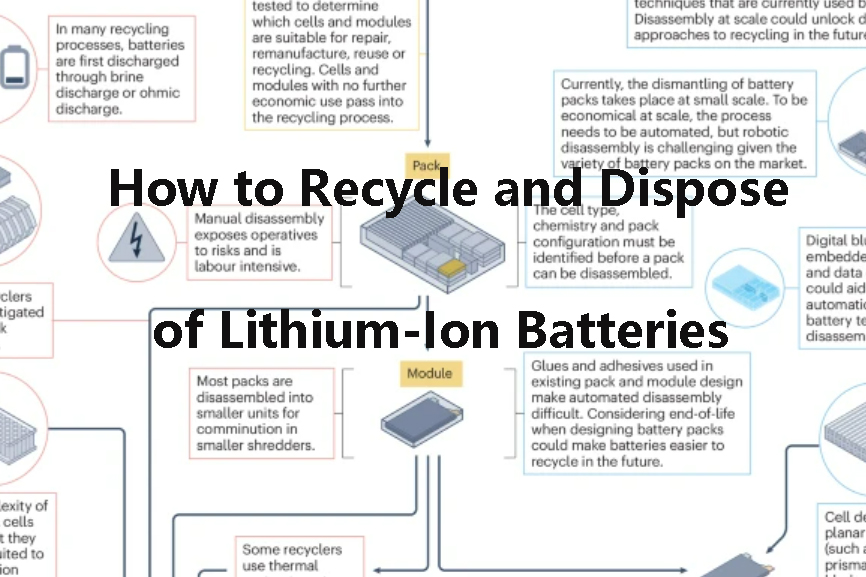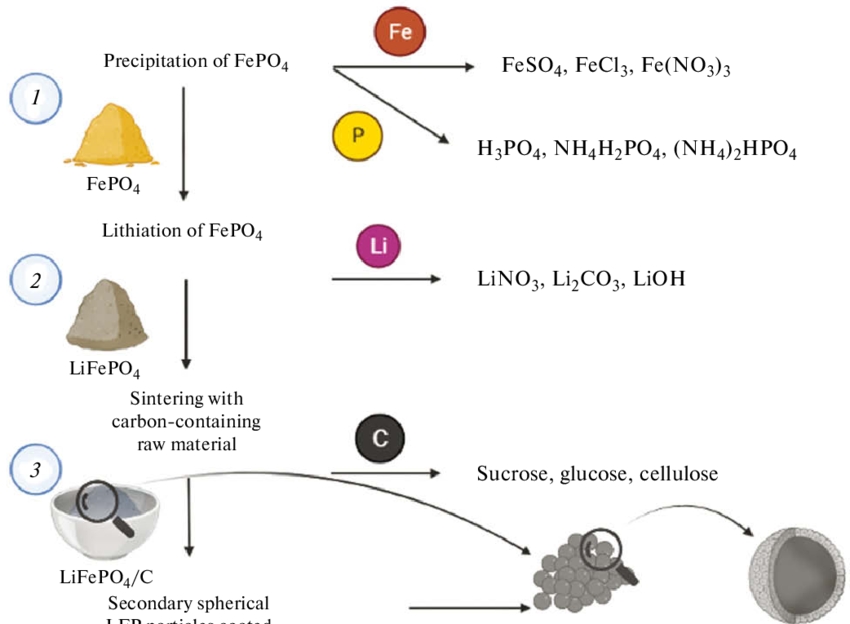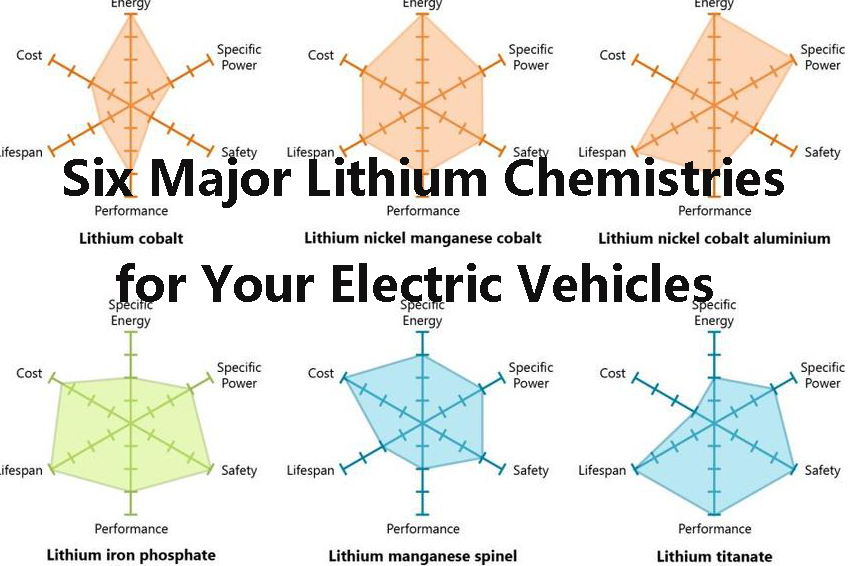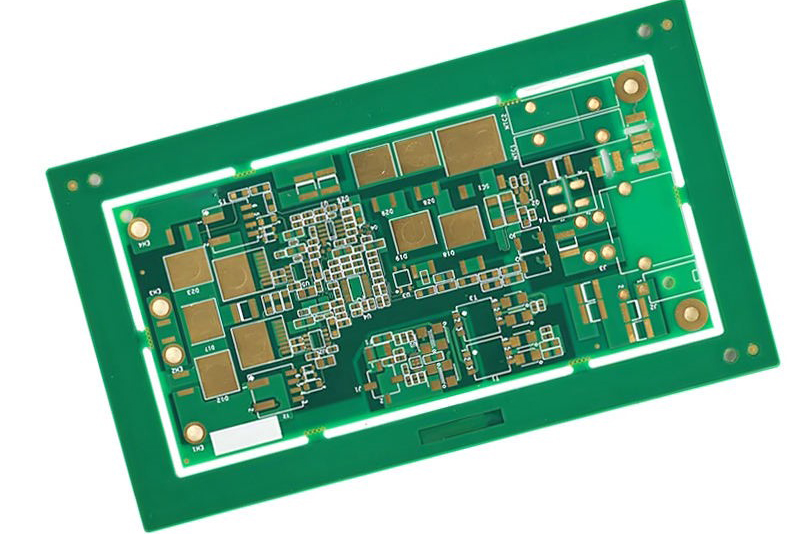
Solid-State Batteries for Electric Vehicle Energy Storage
Traditional lithium-ion (Li-ion) batteries, while popular, have inherent limitations such as safety risks, slower charging times, and relatively shorter lifespans. In response to these challenges, solid-state batteries have emerged as a promising alternative, offering the potential to transform energy storage in electric vehicles (EVs). Let’s learn more about solid-state batteries in this article.
Introduction to Solid-State Batteries
Solid-state batteries represent a significant departure from traditional lithium-ion technology. Instead of using a liquid or gel electrolyte to facilitate the movement of ions between the battery's electrodes, solid-state batteries replace this liquid with a solid electrolyte. This simple but profound change enables solid-state batteries to offer numerous performance enhancements over their liquid-based counterparts.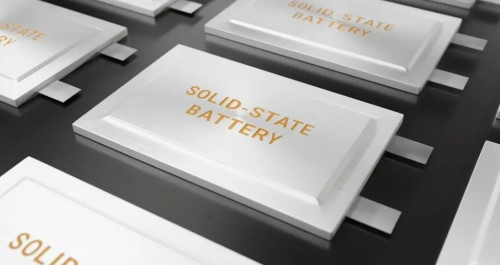
Figure 1. Solid-State Batteries
Components of Solid-State Batteries
The core components of a solid-state battery include the solid electrolyte, cathode, and anode. The solid electrolyte plays a crucial role in conducting lithium ions (Li+) between the cathode and anode during the charging and discharging processes. These solid electrolytes are typically made from materials like ceramics, polymers, or glass, each of which offers high ionic conductivity, which is necessary for efficient battery operation.
The cathode, which contains lithium-based compounds such as lithium cobalt oxide (LiCoO2) or lithium iron phosphate (LiFePO4), and the anode, often made from lithium metal or lithium titanate (Li4Ti5O12), perform the same functions as those in conventional lithium-ion batteries. However, the solid electrolyte eliminates many of the risks associated with the use of liquid electrolytes, including leakage, flammability, and thermal runaway.
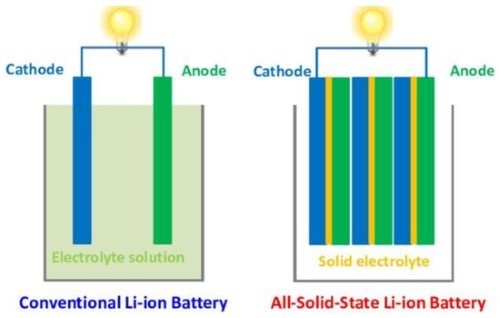 [2]
[2]
Figure 2. Solid-State Batteries vs. Lithium-Ion (Li-ion) Batteries
Advantages of Solid-State Batteries
Solid-state batteries are expected to revolutionize the electric vehicle (EV) sector due to several key advantages they offer over conventional lithium-ion batteries. These advantages include improved safety, higher energy density, faster charging, longer lifespan, better temperature tolerance, and a lower environmental impact.
1. Safety Improvements
One of the most notable advantages of solid-state batteries is their inherent safety. Traditional lithium-ion batteries are susceptible to thermal runaway, which occurs when the battery overheats and catches fire, typically due to a short circuit or physical damage. The liquid electrolyte in lithium-ion batteries is flammable, exacerbating the risk of fire. Solid-state batteries, on the other hand, eliminate the liquid electrolyte, replacing it with a non-flammable solid, which significantly reduces the risk of thermal runaway and fires. This makes solid-state batteries inherently safer, especially in the high-demand environment of electric vehicles.
2. Higher Energy Density
Another compelling advantage of solid-state batteries is their potential to offer higher energy density than traditional lithium-ion batteries. Energy density refers to the amount of energy a battery can store relative to its weight or volume. With solid-state technology, the solid electrolyte allows for a greater amount of active material in the battery, leading to an increase in energy storage capacity. This means that solid-state batteries can store more energy in a smaller, lighter package, which directly translates to longer driving ranges for electric vehicles without the need for larger or heavier batteries.
3. Faster Charging Times
Charging time is a critical factor for the widespread adoption of electric vehicles, and solid-state batteries have the potential to dramatically reduce the time it takes to charge an EV. Traditional lithium-ion batteries can take hours to fully charge, which can be a major inconvenience for drivers. Solid-state batteries, however, can support ultra-fast charging capabilities, potentially reducing charge times to just minutes. This breakthrough in charging speed would make EVs far more convenient and competitive with traditional internal combustion engine (ICE) vehicles, which can be refueled in a matter of minutes.
4. Longer Lifespan
Solid-state batteries are expected to have a longer lifespan compared to traditional lithium-ion batteries. This is due to the stability and durability of the solid electrolyte, which reduces the risk of degradation that can occur in liquid-based electrolytes over time. As a result, solid-state batteries are capable of undergoing more charge and discharge cycles before needing to be replaced. This extended cycle life not only reduces the overall cost of battery replacement but also contributes to the overall longevity of electric vehicles, making them more sustainable in the long run.
5. Broader Temperature Range
Solid-state batteries can operate efficiently over a wider range of temperatures than lithium-ion batteries. Extreme temperatures, both hot and cold, can affect the performance and safety of lithium-ion batteries, often leading to reduced efficiency, capacity loss, and potential safety hazards. Solid-state batteries, with their solid electrolytes, are more resilient to temperature fluctuations, making them ideal for use in a variety of climates, from freezing cold to sweltering heat. This adaptability ensures that electric vehicles equipped with solid-state batteries can maintain consistent performance in diverse environmental conditions.
6. Reduced Environmental Impact
In addition to their performance benefits, solid-state batteries offer environmental advantages as well. The production of solid-state batteries often involves more sustainable materials compared to the raw materials used in traditional lithium-ion batteries. For example, solid-state batteries can utilize less toxic or more abundant materials, such as ceramics and polymers, which may reduce the environmental impact of mining and disposal. Additionally, because solid-state batteries are longer-lasting, they contribute to reducing the need for frequent battery replacements, further lowering the environmental footprint associated with EV battery production.
7. Compatibility with Solid-State Electronics
The solid-state nature of these batteries also aligns well with the development of solid-state electronics, which are increasingly used in various technological systems. The integration of solid-state batteries with solid-state electronics can result in more compact, efficient, and reliable energy storage systems for electric vehicles. This compatibility could lead to the development of more advanced and integrated EV systems that are lighter, smaller, and more efficient overall.
Conclusion
Solid-state batteries represent the future of energy storage for electric vehicles, offering improved safety, higher energy density, faster charging times, longer lifespan, better temperature resilience, and reduced environmental impact. As the technology continues to evolve, solid-state batteries are poised to become a key component of the next generation of electric vehicle energy storage. For more information, please check Stanford Electronics.
Reference:
[1] Winton, N. (2021, November 28). Solid-State Batteries Promise Electric Car Popularity Boost, But Technical Mountains Await. Forbes. Retrieved September 20, 2023, from https://www.forbes.com/sites/neilwinton/2021/11/28/solid-state-batteries-promise-electric-car-popularity-boost-but-technical-mountains-await/?sh=1ad7615632fa
[2] Majid, M.F.; Mohd Zaid, H.F.; Kait, C.F.; Ahmad, A.; Jumbri, K. Ionic Liquid@Metal-Organic Framework as a Solid Electrolyte in a Lithium-Ion Battery: Current Performance and Perspective at Molecular Level. Nanomaterials 2022, 12, 1076. https://doi.org/10.3390/nano12071076

